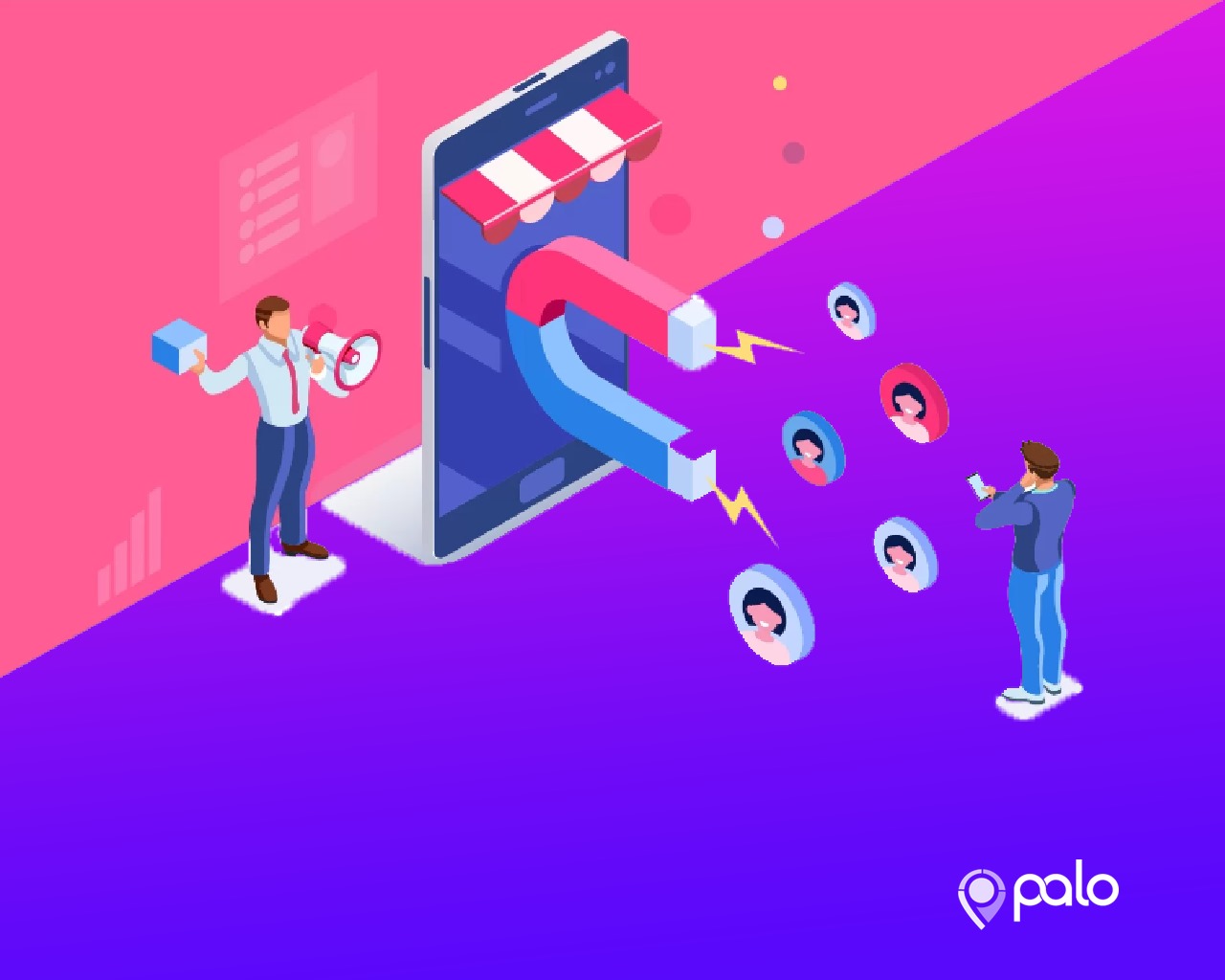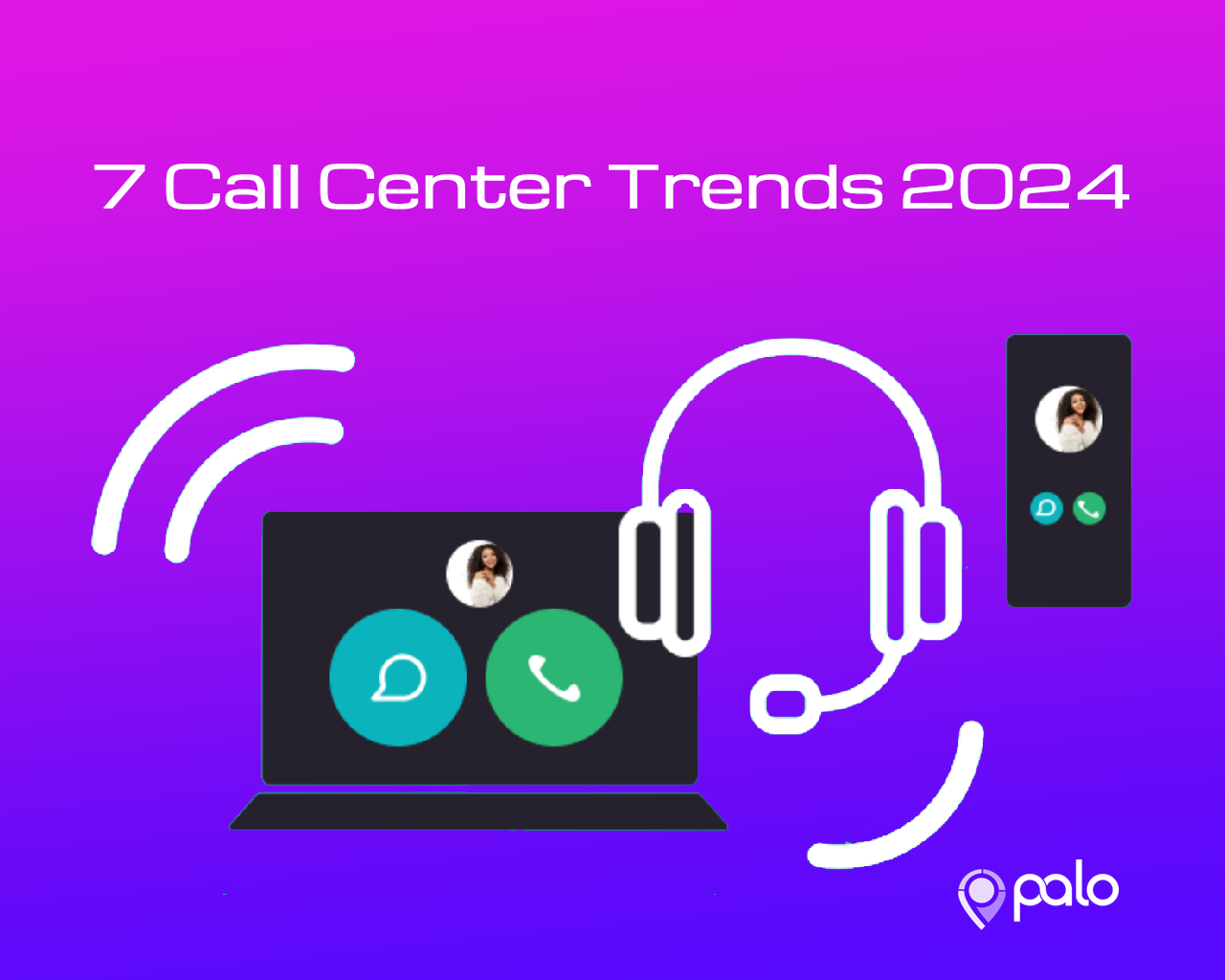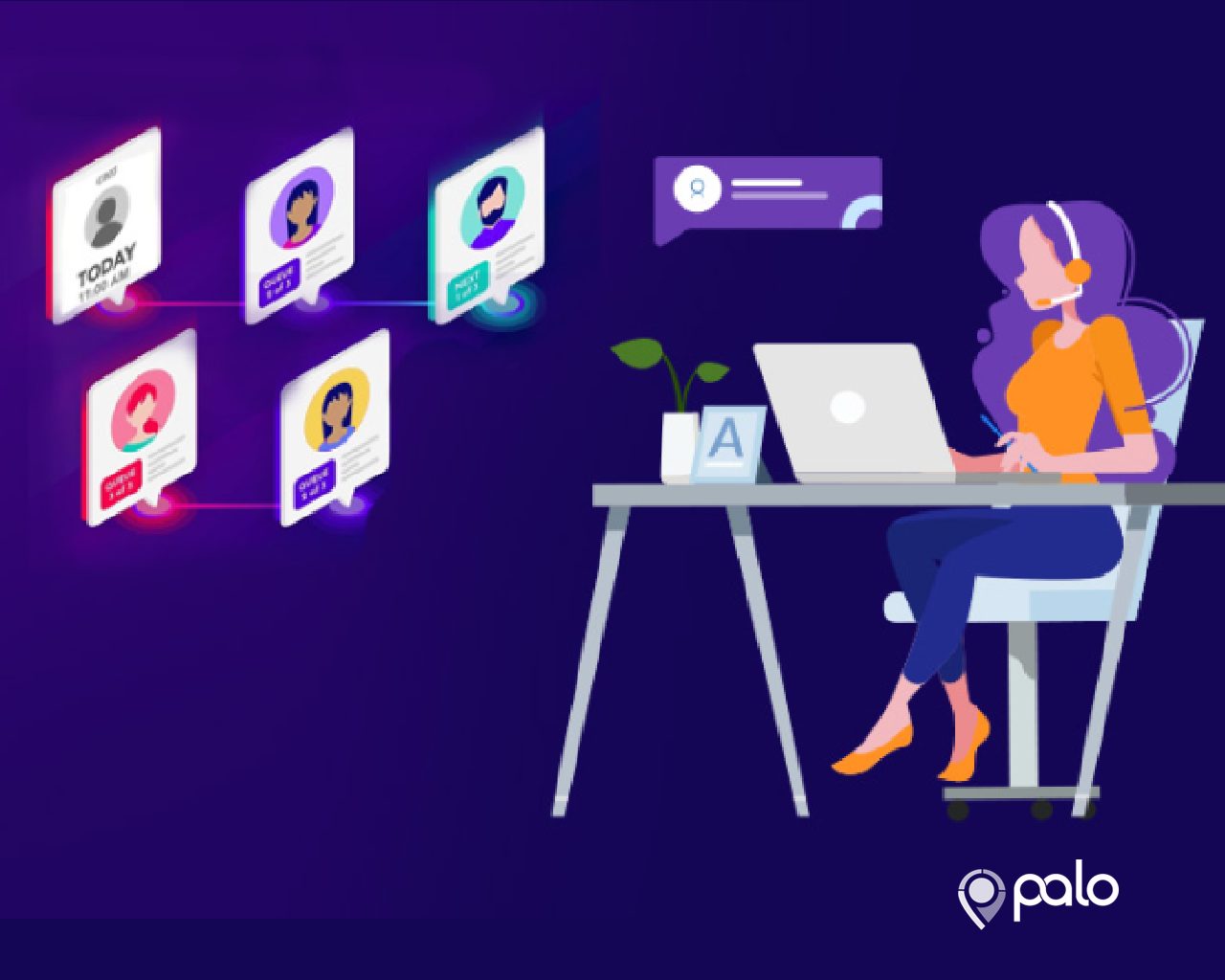
What Is Virtual Queuing in a Call Center?
“Thank you for calling us. Your call is important to us. You will be connected to an agent shortly (brief tone). All our agents are currently busy. Please continue to hold, and your call will be connected to the next available agent as soon as possible.”
You must have heard this recorded message multiple times while trying to reach a customer service representative. This experience can often be frustrating, especially when waiting for an important issue to be resolved.
So, what is the solution? Virtual queuing system. This system allows callers to hang up and do other activities while waiting for a callback from the agent.
Before we get to the benefits of a virtual queuing system, we must first understand what it is and how it works. Ready to dive in? Let’s go.
What Is Virtual Queuing in a Call Center?
A virtual call queue is basically a way to hold a customer’s place in line, guaranteeing that they will be attended to when it is their turn without putting them on hold.
With a virtual call queue system, callers are free to hang up and wait for a call back from your call center agent. This allows them to do other tasks while waiting for the callback.

The computerized call queuing system allows callers to hang up and wait virtually, securing their place in line.
This reduces the rate of abandoned calls, increases first-contact resolution, and decreases customer frustration.
How Does Virtual Queuing Work?
There are four steps that enable a caller to secure their place in a phone queue and enjoy doing other activities while waiting for their turn to be served. The steps involved are:
- Step 1: A customer contacts your call center.
- Step 2: Either the call is received immediately by a call center agent, or an IVR system prompts them to choose the virtual queuing option if all agents are engaged.
- Step 3: The virtual queuing system asks for the caller’s contact details and the reason for the call and places them in a virtual queue.
- Step 4: When the customer’s slot comes, a free agent calls them back to resolve their issue.
This approach eliminates the need for customers to stay on hold, wait for a representative, and actively listen to background music or repeated messaging while their issue is resolved.
What Are the Different Types of Virtual Queue Management?
The virtual queue system is much more than you think. There are different types of virtual queuing systems, each tailored to specific needs and requirements. Some of the commonly used types are:
1. First In, First Out (FIFO)
In the FIFO virtual queuing system, a customer will maintain their position in the queue the same way they would have waited for an on-call hold. The FIFO option ensures that the customer receives a callback as soon as any agent is free.
2. Schedule Queuing
Schedule queuing fixes a spot for the customer to receive a callback in the future when the call volume is relatively low. This gives the customer more time to get engaged in other activities. The scheduled virtual queuing is divided into three types, namely:
- Datebook type scheduling: This allows the customer to schedule a callback of their choice. They choose a time when they wish to be called back.
- Forecast scheduling: With forecast scheduling, the customer will automatically receive a callback in the future with no set time limit. The callback is typically made when the call volume is relatively low.
- Timer scheduling: In this case, a callback is made after a given time has elapsed. The customer usually knows when to expect the call.
What Channels Are Used to Join Virtual Queuing?
Customers can join the virtual queuing system from different channels. They include:
- By calling the customer support number.
- Via website pop-ups that are completed with the customer providing relevant contact information.
- By virtual chat system or automatic bot.
- Through a mobile application that allows customers to join the virtual queue.
Why Is Virtual Queue So Popular?
A wide range of engagement platforms, such as Slack, Intercom, and Twilio, emphasize the need for flexibility through omnichannel capabilities that provide customers with different ways to contact a business.
In the post-pandemic world, it is critical to provide a customer’s preferred method of communication. A traditional hold leaves customers wondering if their call is as important as businesses claim.
That is, “If my call is as important as they claim, why doesn’t someone answer now?” Some of them may end up concluding that the business doesn’t value their time.
Virtual queue plays a critical role in getting customers out of the infinite “please hold” loop while ensuring that every customer is attended to as quickly as possible.
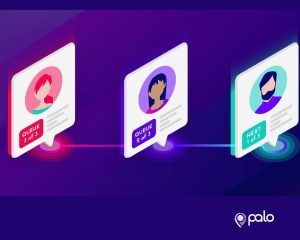
Instead of keeping customers on hold and trying to create a better “queue experience,” virtual queuing solves a much bigger issue – callers don’t like being left on hold for long. This eliminates the “queue experience” from a caller’s perspective, resulting in a positive call center experience.
Businesses with a stronger focus on customer satisfaction embrace virtual queuing to provide their customers with a better and more efficient customer service experience.
It is not only beneficial for the customers but also for businesses as it reduces call abandonment rates, increases first contact resolution, and improves overall customer satisfaction.
Benefits of Virtual Queuing in Call Centers
So, what are some of the benefits of virtual queue systems in call centers? Let us find out:
1. Reduced Abandonment Rates
Call abandonment rate is the percentage of calls that are disconnected by customers before being connected to an agent. With virtual queuing, callers can hang up and wait for a call back from an agent, resulting in lower abandonment rates.
2. Combat Spikes in Call Volume
Call centers will always experience spikes in call volume, especially during certain times of the day or during promotional events.
Virtual queuing can help manage these spikes by allowing customers to join a virtual queue and receive a callback when an agent is available. This reduces hold times and ensures that all calls are attended to efficiently.
An excellent example of how a virtual queue can help you deal with a spike in call volume is to revisit what happened in 2020 with the Connecticut Department of Labor (CTDOT).
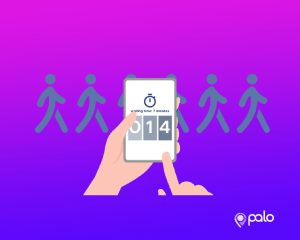
The department faced a 500% spike in call volume overnight as the COVID-19 pandemic led to a sudden increase in unemployment rates.
Desperate callers couldn’t get the help they needed while case workers were stuck on the phone the whole day.
CTDOT implemented virtual queuing and saw an immediate improvement in call answer rates and overall customer satisfaction. This example shows how virtual queuing can help businesses handle unprecedented spikes in call volume.
3. Increased First Contact Resolution (FCR)
FCR is the percentage of calls resolved on the first attempt instead of requiring multiple follow-up interactions. Virtual queuing allows agents to focus on one customer at a time, leading to higher FCR rates.
4. Improved Customer Satisfaction
Customer frustration is terrible, and its effects go beyond simple call abandonment. A frustrated client will likely leave your business after just one bad experience. But most importantly, they will let others know about the bad experience.

Research shows that at least 13% of customers who experience poor customer service end up telling 15 other people about it. In fact, approximately 49% of consumers relate their bad experiences through social media.
Therefore, reducing customer frustration must be high on your call center priority list. Virtual queuing helps achieve this by providing a better customer experience and reducing wait times.
What Are the Limitations of Virtual Queuing
Virtual queuing may have its benefits, but it also has its limitations. They include:
- A virtual queue is not optimized for unforeseen issues or emergencies.
- It can be a costly option for small businesses that have limited funds to work with
- The call center and the caller must be equipped with quality internet to complete the process.
- Glitches and system errors in the technology may hinder productivity.
- It cannot work for businesses where customers want their issues resolved immediately.
Summary
We hope this guide has given you a better understanding of virtual queuing and its benefits for call centers.
With the rise in customer demand for efficient and personalized communication, virtual queuing is becoming essential for businesses looking to improve customer satisfaction and retention rates.
It allows customers to join a virtual queue, ensuring efficient handling of spikes in call volume and reducing wait times.
While it may have its limitations, virtual queuing is undoubtedly a game-changer in the world of customer service and should be considered by businesses looking to provide a better overall experience for their customers.
At PALO, we take pride in helping businesses generate quality call leads with our pay-per-call campaigns.
We embrace the use of technology to provide exceptional customer service experiences and improve overall business growth.
Contact us today to learn more about our business model and how we can help your business thrive.




